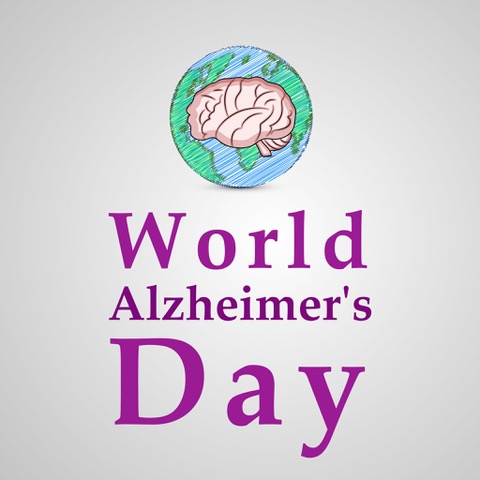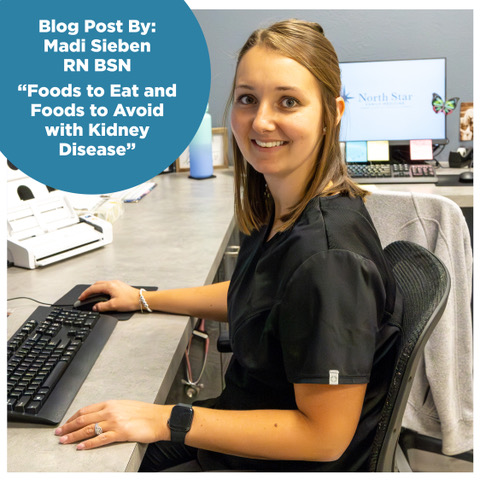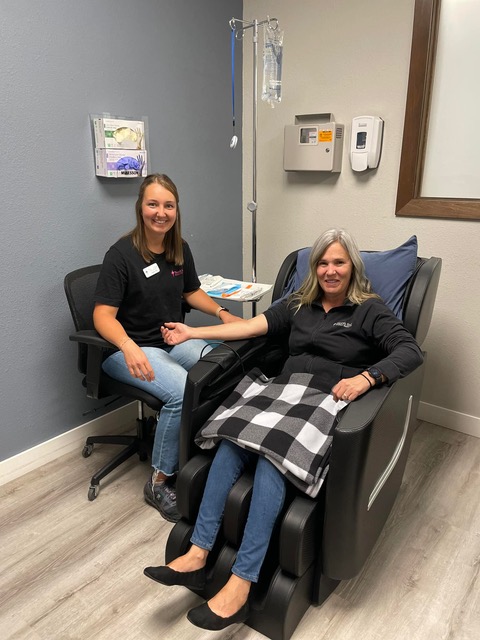There are currently about 12 million people in the United States with PTSD.
Post-traumatic stress disorder (PTSD) is a mental health condition triggered by experiencing or witnessing a terrifying event. While most associated with Veterans, anyone can develop PTSD.
PTSD can occur after an individual experiences any type of trauma. Some individuals develop this disorder following a shocking, scary, or dangerous event, such as military combat, assault, a natural disaster, a car accident, or some other traumatic event.
There is effective PTSD treatment available. Unfortunately, most people with PTSD don’t get the help that they need.
What are the symptoms of PTSD?
Symptoms of PTSD typically surface within 3 months of the traumatic event and may include:
- Experiencing flashbacks or reliving the traumatic event in a manner that causes physical symptoms such as a racing heart or sweating.
- Having recurring memories or nightmares related to the traumatic event.
- Having distressing thoughts.
- Avoiding places, events, or objects that are reminders of the traumatic experience.
- Suppressing thoughts or feelings related to the traumatic event.
- Startling easily.
- Finding it difficult to concentrate.
- Experiencing insomnia or other sleep problems.
- Feeling irritable or experiencing angry outbursts.
- Engaging in risky, reckless, or destructive behavior.
- Being unable to remember key features of the traumatic event.
- Having negative thoughts about oneself or the world.
- Directing blame at oneself or others in an exaggerated manner.
- Experiencing ongoing negative emotions of fear, anger, guilt, or shame.
- Isolating oneself socially.
Though symptoms vary from person to person, PTSD can interfere with aspects of the individual’s daily life, such as work and relationships.
While only a qualified medical or mental health professional can formally diagnose PTSD, recognizing the signs and symptoms is a crucial first step in getting help for yourself or a loved one who may be struggling. Understanding PTSD can open the door to seeking appropriate support and resources, leading to healing and recovery.
How can I help someone who has PTSD?
Helping someone with PTSD requires patience, understanding, and a willingness to learn about their specific needs. Some ways you can offer your help and support include:
- Educating yourself. Learn about PTSD, its symptoms, and available treatments. This will help you understand what your loved one is going through and how to best support them.
- Offer practical help. Assist with daily tasks, errands, or childcare. This alleviates stress and provides them with much-needed support.
- Encourage utilizing professional help. If they haven’t already, gently encourage your loved one to seek professional help from a therapist or counselor specializing in trauma. Here at NSFM, we are open and available to discuss medication treatment options with you and can help with the therapy process as well.
- Foster a safe environment. Create a safe and supportive environment where your loved one feels comfortable expressing themselves without fear or judgement or criticism. You may wish to set up a time-out system for times when conversations get difficult. A time-out system can help maintain communication. Agree on a signal to use to pause the discussion, then separate for a predetermined amount of time before returning to talk calmly. Encourage healthy coping mechanisms. Help your loved one find healthy ways to manage stress, such as exercise, mindfulness, or spending time in nature.
- Recovery from PTSD takes time. Be patient with their progress and setbacks. Understand that their triggers may be unpredictable and that they may need space at times.
I am a United States Navy Veteran and am passionate about helping Veterans in our community. If you or someone you know is struggling with PTSD, feel free to reach out to our staff to get an appointment scheduled to discuss your options.
Until next time,
Ashley, PA-C






